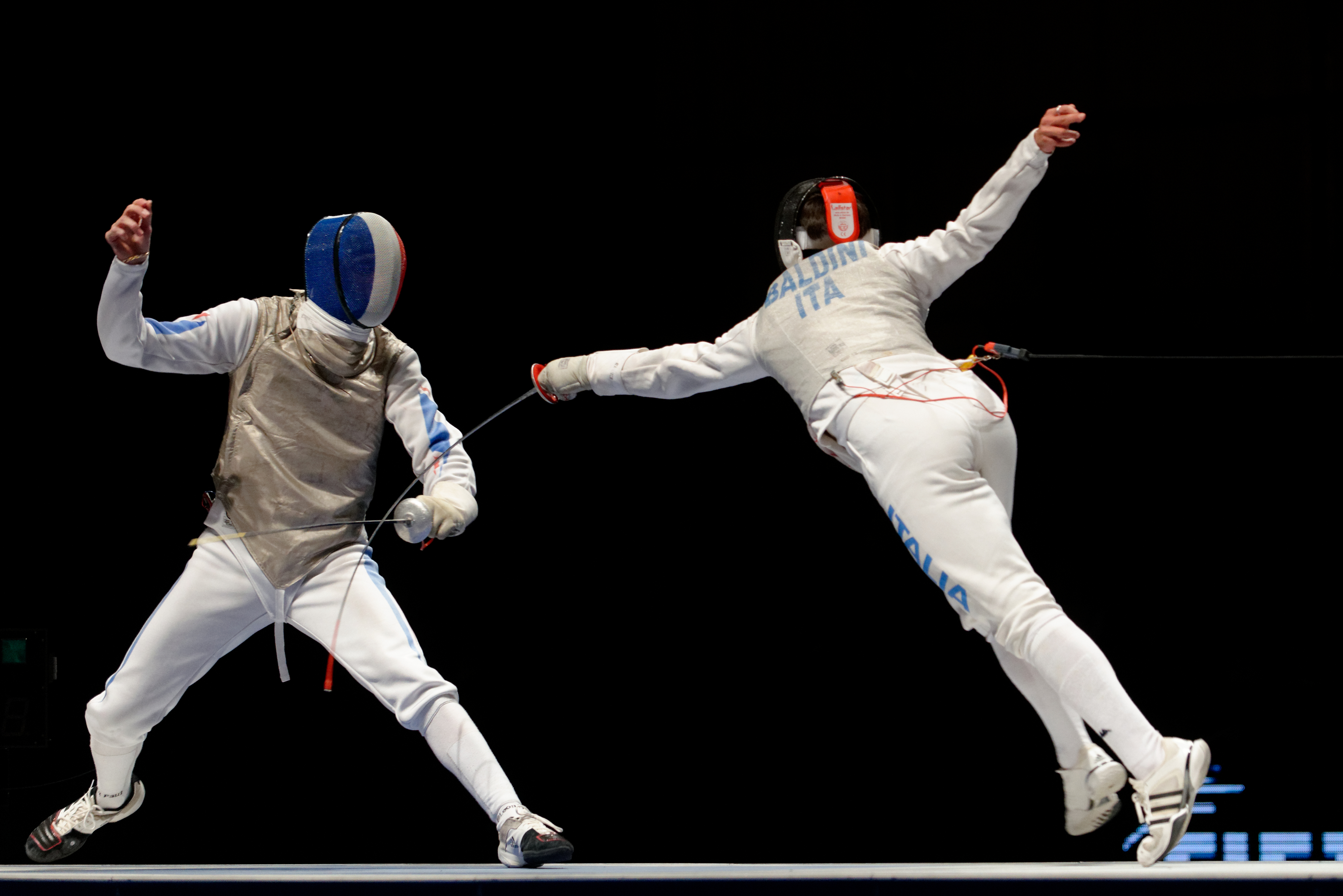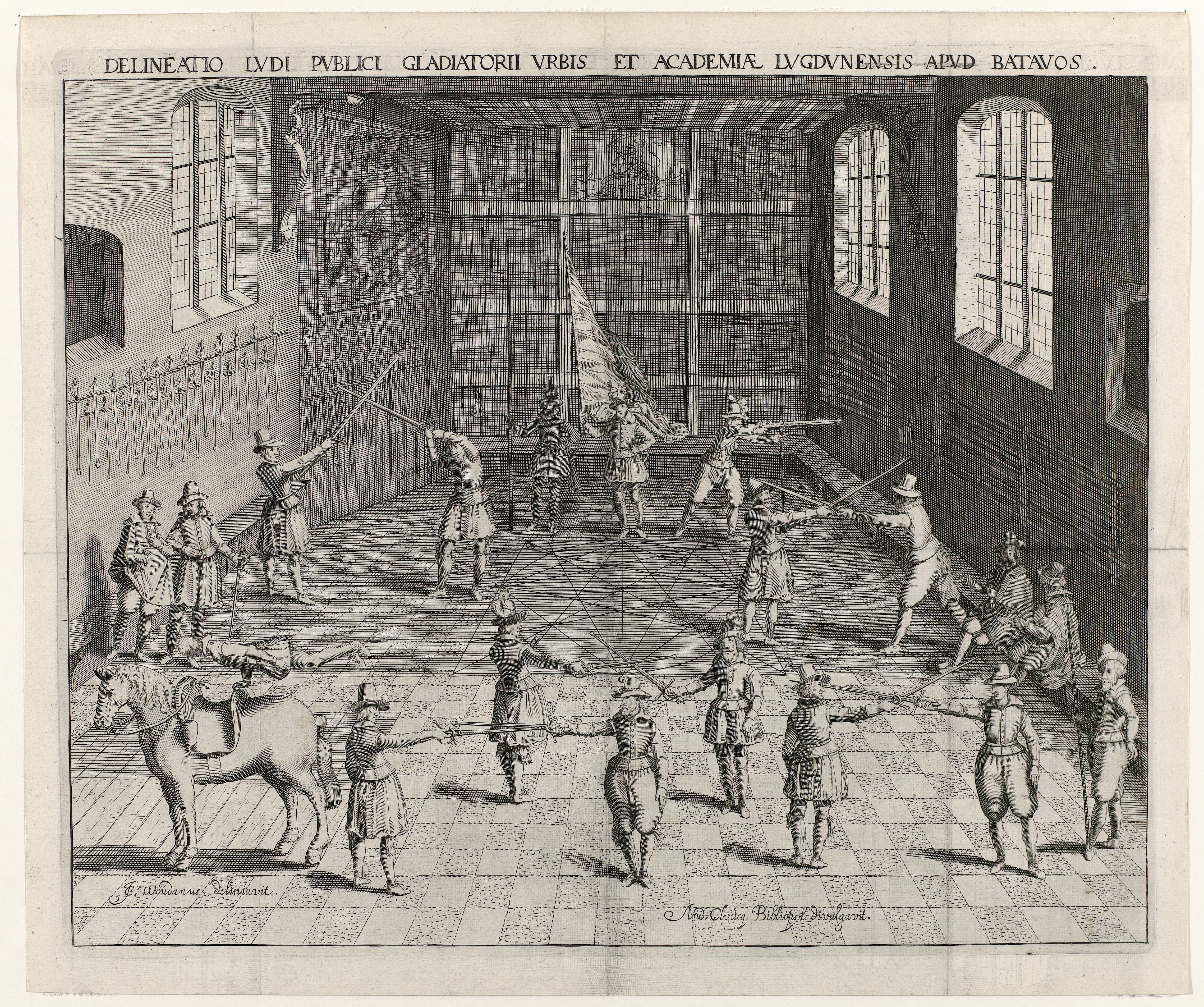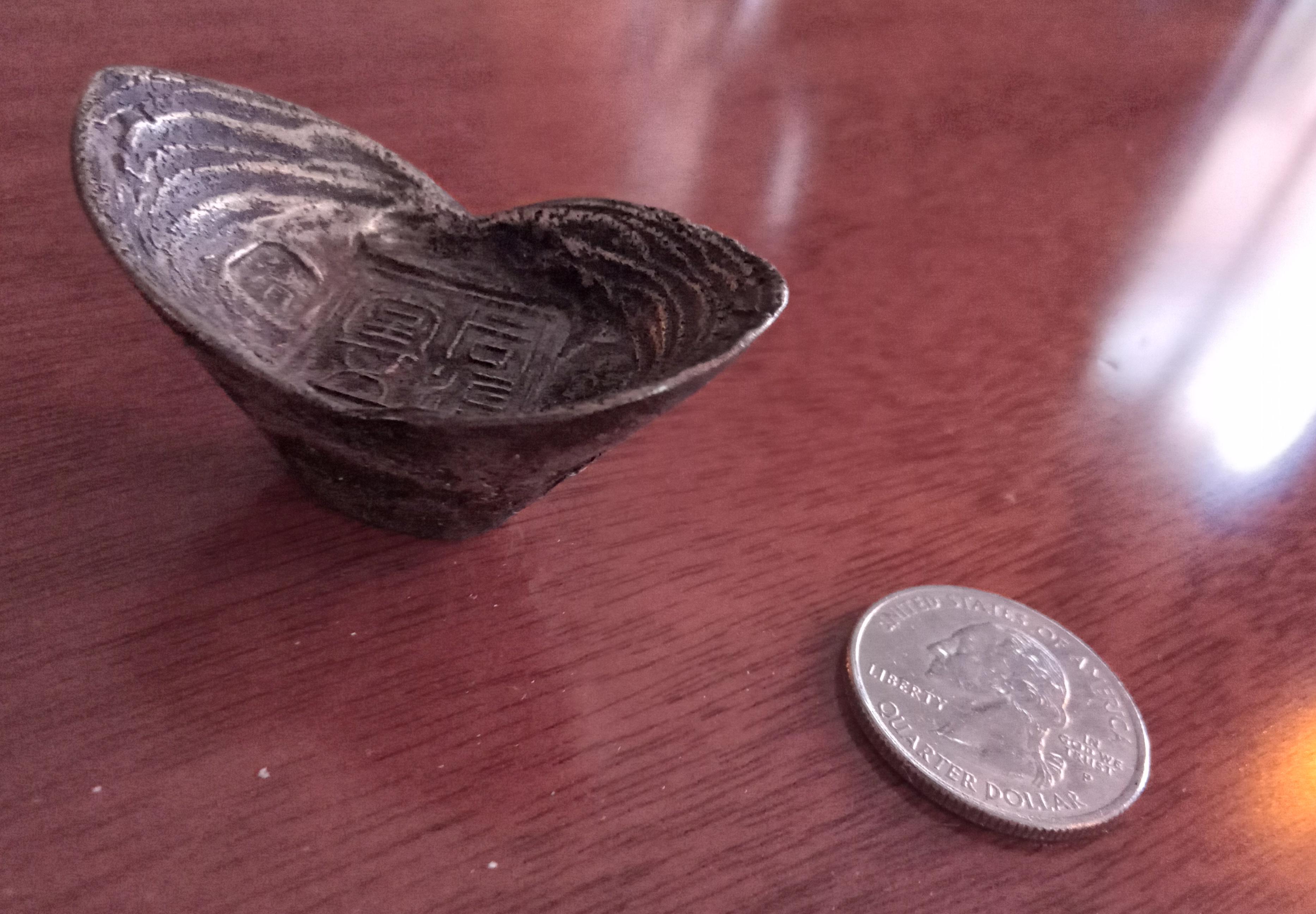|
Hard And Soft Techniques
In martial arts, the terms hard and soft technique denote how forcefully a defender martial artist counters the force of an attack in armed and unarmed combat. In the East Asian martial arts, the corresponding hard technique and soft technique terms are 硬 (Japanese: , zh, p=yìng) and 柔 (Japanese: , zh, p=róu), hence Goju-ryu (hard-soft school), Shorinji Kempo principles of ''go-ho'' ("hard method") and ''ju-ho'' ("soft method"), Jujutsu ("art of softness") and Judo ("gentle way"). Regardless of origins and styles, "hard and soft" can be seen as simply ''firm/unyielding'' in opposition or complementary to ''pliant/yielding''; each has its application and must be used in its own way, and each makes use of specific principles of timing and biomechanics. In addition to describing a physical technique applied with minimal force, "soft" also sometimes refers to elements of a discipline which are viewed as less purely physical; for example, martial arts that are said to be " ... [...More Info...] [...Related Items...] OR: [Wikipedia] [Google] [Baidu] |
Martial Arts
Martial arts are codified systems and traditions of combat practiced for a number of reasons such as self-defence; military and law enforcement applications; combat sport, competition; physical, mental, and spiritual development; entertainment; and the preservation of a nation's intangible cultural heritage. The concept of martial arts was originally associated with East Asian tradition, but subsequently the term has been applied to practices that originated outside that region. Etymology "Martial arts" is a direct English translation of the Sino-Japanese word (, ). Literally, it refers to "武 martial" and "芸 arts". The term ''martial arts'' was popularized by mainstream popular culture during the 1960s to 1970s, notably by Hong Kong action cinema, Hong Kong martial arts films (most famously those of Bruce Lee) during the so-called "chopsocky" wave of the early 1970s. According to John Clements, the term '':wikt:martial art, martial arts'' itself is derived from an older ... [...More Info...] [...Related Items...] OR: [Wikipedia] [Google] [Baidu] |
Wing Chun
Wing Chun (Cantonese) or Yong Chun (Mandarin Chinese, Mandarin) (, lit. "singing spring") is a concept-based martial art, a form of Nanquan (martial art), Southern Chinese kung fu, and a close-quarters system of self-defense. It is a martial arts style characterized by its focus on close-quarters hand-to-hand combat, rapid-fire punches, and straightforward efficiency. It has a philosophy that emphasizes capturing and sticking to an opponent's centerline. This is accomplished using simultaneous attack and defense, tactile sensitivity, and using an opponent's force against them. Wing Chun has various spellings in the West, but "Wing Chun" is the most common. The origins of Wing Chun are uncertain, but it is generally attributed to the development of Southern Chinese martial arts. There are at least eight distinct lineages, of which the Ip Man and Yuen Kay-shan lineages are the most prolific. The martial art was brought to Hong Kong and then the rest of the world by Ip Man, with ... [...More Info...] [...Related Items...] OR: [Wikipedia] [Google] [Baidu] |
Riposte
In fencing Fencing is a combat sport that features sword fighting. It consists of three primary disciplines: Foil (fencing), foil, épée, and Sabre (fencing), sabre (also spelled ''saber''), each with its own blade and set of rules. Most competitive fe ..., a riposte ( French for "retort") is an offensive action with the intent of hitting one's opponent made by the fencer who has just parried an attack. In military usage, a riposte is the strategic device of hitting a vulnerable point of the enemy, thereby forcing them to abandon their own attack. In everyday language, a riposte is synonymous with a retort and describes a quick and witty reply to an argument or an insult. Etymology In sabre and foil, the priority switches when the parry is successfully executed; the defending fencer now has ''right of way'' and may immediately attack with a riposte. The riposte may be direct, or may include compound footwork. If the riposte is delayed, the original attacker's remis ... [...More Info...] [...Related Items...] OR: [Wikipedia] [Google] [Baidu] |
Parry (fencing)
A parry is a fencing bladework maneuver intended to deflect or block an incoming attack. Execution To execute a parry, fencers strike the opponent's foible (fencing), foible, or the area near the tip of the blade, with their forte (fencing), forte, or the part of the blade near the bell guard (or handle) of the weapon. This deflects the opponent's blade away from them, protecting them and placing them in a good position to strike back. Approximations of the precise parries are made often during bouts, but are usually accurate enough to be classed as parries. In épée, because of absence of priority rules (see right-of-way), a parry can be classed as any deflection of the blade that prevents the opponent's attack from landing. Use The primary function of a parry is to prevent an opponent's attack from landing. During a bout, parries are commenced from the "en garde" (neutral) position, when an opponent's attack is considered threatening. A parry is usually followed by a ''ripo ... [...More Info...] [...Related Items...] OR: [Wikipedia] [Google] [Baidu] |
Fencing
Fencing is a combat sport that features sword fighting. It consists of three primary disciplines: Foil (fencing), foil, épée, and Sabre (fencing), sabre (also spelled ''saber''), each with its own blade and set of rules. Most competitive fencers specialise in one of these disciplines. The modern sport gained prominence near the end of the 19th century, evolving from historical European swordsmanship. The Italian school of swordsmanship, Italian school altered the Historical European martial arts, historical European martial art of classical fencing, and the French school of fencing, French school later refined that system. Scoring points in a fencing competition is done by making contact with the opponent with one's sword. The 1904 Olympic Games featured a fourth discipline of fencing known as singlestick, but it was dropped after that year and is not a part of modern fencing. Competitive fencing was one of the first sports to be featured in the Olympics and, along with Athl ... [...More Info...] [...Related Items...] OR: [Wikipedia] [Google] [Baidu] |
Kuzushi
is a Japanese term for unbalancing an opponent in the Japanese martial arts. The noun comes from the transitive verb ''kuzusu'' (崩す), meaning ''to level, pull down, destroy or demolish''. As such, it refers to not just an unbalancing, but the process of putting an opponent to a position, where stability, and hence the ability to regain uncompromised balance for attacking, is destroyed. In judo, it is considered an essential principle and the first of three stages to a successful throwing technique: kuzushi, ''tsukuri'' (fitting or entering) and ''kake'' (execution). Kuzushi is important to many styles of Japanese martial arts, especially those derived from, or influenced by, Ju Jutsu training methods, such as Judo, Ninjutsu, Aikido, Uechi-ryu karate, Goju-ryu karate, and Wadō-ryū karate (; ; Okinawan language, Okinawan pronunciation: ), also , is a martial arts, martial art developed in the Ryukyu Kingdom. It developed from the Okinawan martial arts, indigenou ... [...More Info...] [...Related Items...] OR: [Wikipedia] [Google] [Baidu] |
Catty
The jin () or catty (from Malay ''kati'') is a traditional Chinese unit of mass used across East and Southeast Asia, notably for weighing food and other groceries. Related units include the picul (dan/shi), equal to 100 catties, and the tael (liang), which is of a catty. A stone (also dan/shi) is a former unit used in Hong Kong equal to 120 catties and a ''gwan'' () is 30 catties. Catty or ''kati'' is still used in Southeast Asia as a unit of measurement in some contexts especially by the significant Overseas Chinese populations across the region, particularly in Malaysia and Singapore. The catty is traditionally equivalent to around pound avoirdupois, formalised as 604.78982 grams in Hong Kong, 604.5 grams historically in Vietnam, 604.79 grams in Malaysia and 604.8 grams in Singapore. In some countries, the weight has been rounded to 600 grams (Taiwan, Japan, Korea and Thailand). In mainland China, the catty (more commonly translated as jin within China) has be ... [...More Info...] [...Related Items...] OR: [Wikipedia] [Google] [Baidu] |
Taels
Tael ( ),"Tael" entry at the . or liang, also known as the tahil and by other names, can refer to any one of several measures used in and . It usually refer ... [...More Info...] [...Related Items...] OR: [Wikipedia] [Google] [Baidu] |
Tai Chi
is a Chinese martial art. Initially developed for combat and self-defense, for most practitioners it has evolved into a sport and form of exercise. As an exercise, tai chi is performed as gentle, low-impact movement in which practitioners perform a series of deliberate, flowing motions while focusing on deep, slow breaths. Often referred to as " meditation in motion", tai chi aims to concentrate and balance the body's purported (vital energy), providing benefits to mental and physical health. Many forms of tai chi are practiced, both traditional and modern. While the precise origins are not known, the earliest documented practice is from Chen Village and Zhabao Village in Henan on the North China Plain, a region where centuries of rebellions, invasions, and adverse economic and social conditions nurtured the development of a wide range of martial arts, including those of the Shaolin Monastery on Mount Song at the western edge of the plain. Most modern styles trace th ... [...More Info...] [...Related Items...] OR: [Wikipedia] [Google] [Baidu] |
Judo
is an unarmed gendai budō, modern Japanese martial art, combat sport, Olympic sport (since 1964), and the most prominent form of jacket wrestling competed internationally.『日本大百科全書』電子版【柔道】(CD-ROM version of Encyclopedia Nipponica, "Judo"). Judo was created in 1882 by Kanō Jigorō () as an eclectic martial art, distinguishing itself from its predecessors (primarily Tenjin Shin'yō-ryū, Tenjin Shinyo-ryu jujutsu and Kitō-ryū jujutsu) due to an emphasis on "randori" (, lit. 'free sparring') instead of alongside its removal of striking and weapon training elements. Judo rose to prominence for its dominance over Kodokan–Totsuka rivalry, established jujutsu schools in tournaments hosted by the Tokyo Metropolitan Police Department (警視庁武術大会, ''Keishicho Bujutsu Taikai''), resulting in its adoption as the department's primary martial art. A judo practitioner is called a , and the judo uniform is called . The objective of competitive ju ... [...More Info...] [...Related Items...] OR: [Wikipedia] [Google] [Baidu] |
Kano Jigoro
Kano may refer to: Places *Kano State, a state in Northern Nigeria *Kano (city), a city in Nigeria, and the capital of Kano State ** Kingdom of Kano, a Hausa kingdom between the 10th and 14th centuries **Sultanate of Kano, a Hausa kingdom between the 14th and 19th centuries **Kano Emirate, a 19th-century Islamic state People Given name * , Japanese entertainer Mononym * Kano (British musician) (born 1985), British rapper * Kano (comics) (born 1973), Spanish comic book artist * Kano (Japanese musician), Japanese musician and virtual YouTuber Surname *, Japanese founder of Judo *Aminu Kano (1920–1983), Nigerian politician * David Kano (actor) (born 1987), American actor, writer and producer *, Japanese comedian and singer * Kano sisters, and , Japanese celebrities *, Japanese politician *, Japanese volleyball player *, Japanese developer of the Kano model *, Japanese footballer * Thea Kano (born 1965), American conductor *, Japanese politician Fictional characters * ... [...More Info...] [...Related Items...] OR: [Wikipedia] [Google] [Baidu] |
Jujitsu Sacrifice Throw Edited
Jujutsu ( , or ), also known as jiu-jitsu and ju-jitsu (both ), is a Japanese martial art and a system of close combat that can be used in a defensive or offensive manner to kill or subdue one or more weaponless or armed and armored opponents. A subset of techniques from certain styles of jujutsu were used to develop many modern martial arts and combat sports, such as judo, aikido, sambo, Brazilian jiu-jitsu, ARB, and mixed martial arts. Characteristics "Jū" can be translated as "gentle, soft, supple, flexible, pliable, or yielding", and " jutsu" can be translated as "art or technique". "Jujutsu" thus has the meaning of "yielding-art", as its core philosophy is to manipulate the opponent's force against themself rather than confronting it with one's own force. Jujutsu developed to combat the samurai of feudal Japan as a method for defeating an armed and armored opponent in which one uses no form of weapon, or only a short weapon. Because striking against an armored opp ... [...More Info...] [...Related Items...] OR: [Wikipedia] [Google] [Baidu] |








